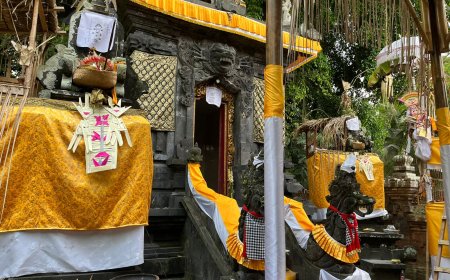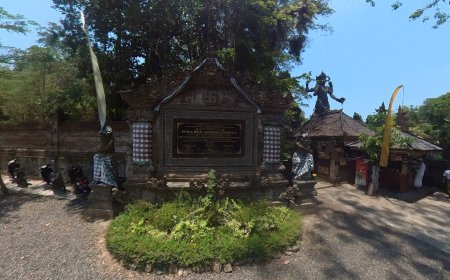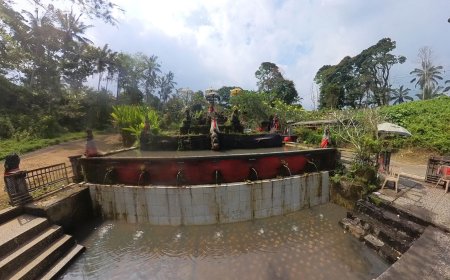Temple Candri Manik Bulian : Delving into Spiritual Energy Towards the Portal of Peace
Bulian is an ancient village located at the northern tip of Bali Island, specifically in the Kubutambahan District. This village is one of the oldest in Bali, rich in history, culture, and traditions. A testament to its age and historical value is the presence of Temple Candri Manik, also known as Temple Yeh Lesung.
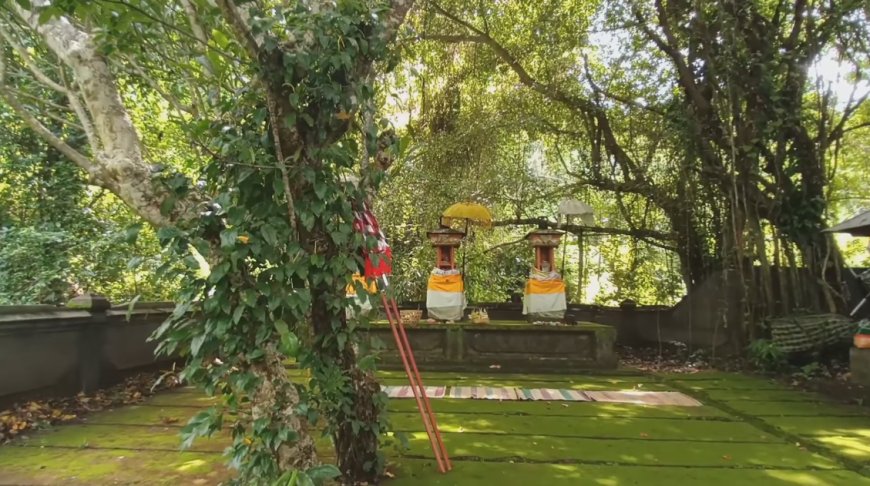
Pura Candri Manik has eleven sacred springs, known in Balinese as "Bulakan." These springs are still believed to possess high spiritual energy, attracting local residents and devotees from various regions who come to seek blessings and grace.
Pura Candri Manik is closely tied to the history of the ancient Balinese kingdom during the reign of King Sri Janasadhu Warmadewa, who ruled in Singhamandawa from 955 to 982 AD. After his passing, governance shifted to Queen Wijaya Mahadewi, or Sang Ajna Dewi, who was crowned queen and ruled from 983 to 1024 AD.
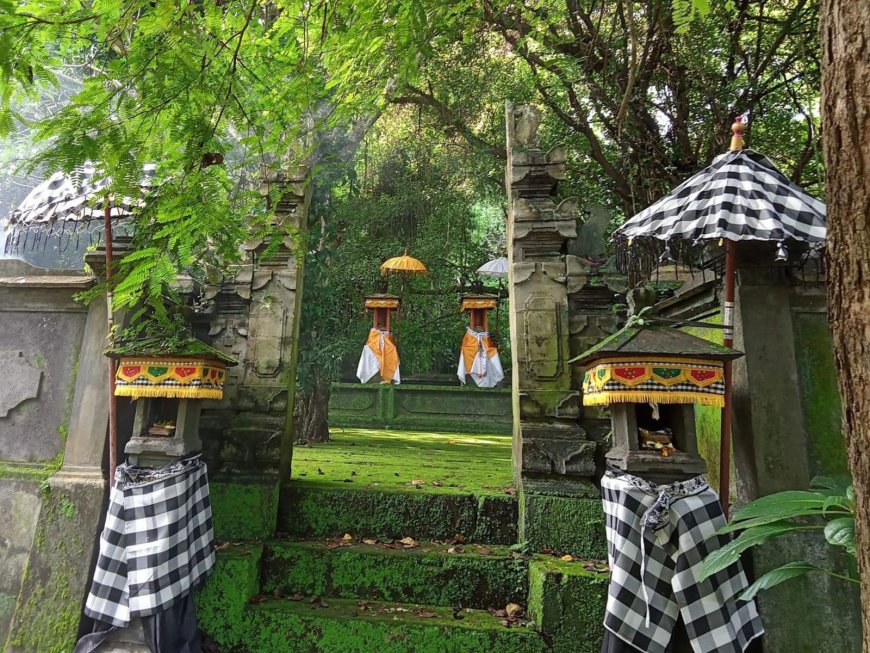
Madya Mandala (Source : Personal Colletion)
During this period, the northern coast of Bali faced various threats from pirates who often disrupted the security of coastal communities. These pirates were also involved in human trafficking, trading kidnapped people to various regions, including South America, where they were enslaved to support the development of great civilizations like the Maya and Aztec empires, which were flourishing and building grand pyramids and stepped terraces.
To counter these pirate threats, Queen Wijaya Mahadewi relocated the royal palace of Singhamandawa from Kawista to Hyang Putih Village, now believed to be known as Bulian Village. In Hyang Putih Village, she constructed an emergency palace called Puri Candri Manik. Historical traces of Puri Candri Manik can be found in the inscription of King Pakiran-kiran I Jero Makabehan Srokadan, dated Saka 1246 (1324 AD). One section of this inscription notes that the residents of Hyang Putih Village were tasked with performing rituals for Lord Candri Manik.
Over time, the former site of Puri Candri Manik transformed into a worship site now known as Pura Yeh Lesung or Pura Candri Manik. At this temple, Queen Ajna Dewi, revered by the community as Dewi Suleca or Dalem Solo, is enshrined as a protective deity who bestows blessings. To this day, Hindu devotees from various regions come to pray, seeking protection and blessings from Dewi Suleca at this temple.
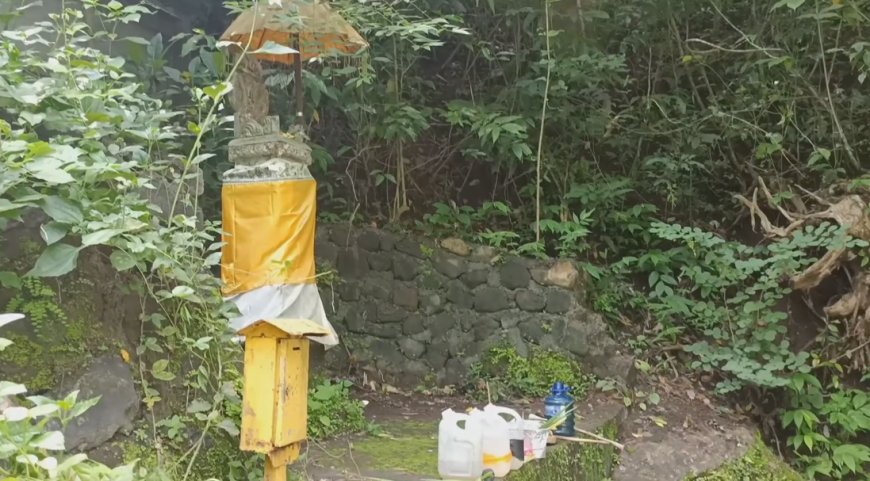
Nista Mandala (Source : Personal Colletion)
Pura Candri Manik not only serves as a revered spiritual site but also stands as a symbol of the wisdom and strength of the ancestors of Bulian Village, which the current generations strive to preserve. The presence of this temple reminds the Balinese community of the long history of struggle and greatness of the ancient Balinese kings, who brought peace and prosperity to their region.
In addition to being a place of worship, Pura Candri Manik serves as a silent witness to the spiritual life of the Balinese people, who hold fast to their ancestral traditions and values. For the residents of Bulian Village, this temple is more than just a sacred site—it is a cultural center and a symbol of identity that connects them to their past. The rituals and worship practices at this temple have been preserved through generations, highlighting the importance of honoring ancestors and the deep-seated belief in the power of nature and the gods. With its profound historical background, Pura Candri Manik has become a unique spiritual destination, attracting not only the Balinese community but also those who seek to explore Bali’s rich, spiritually meaningful culture.



















































